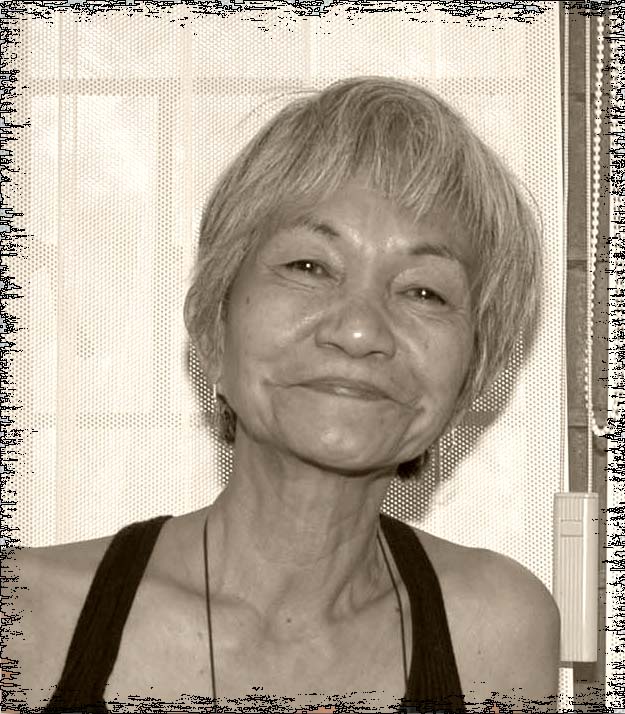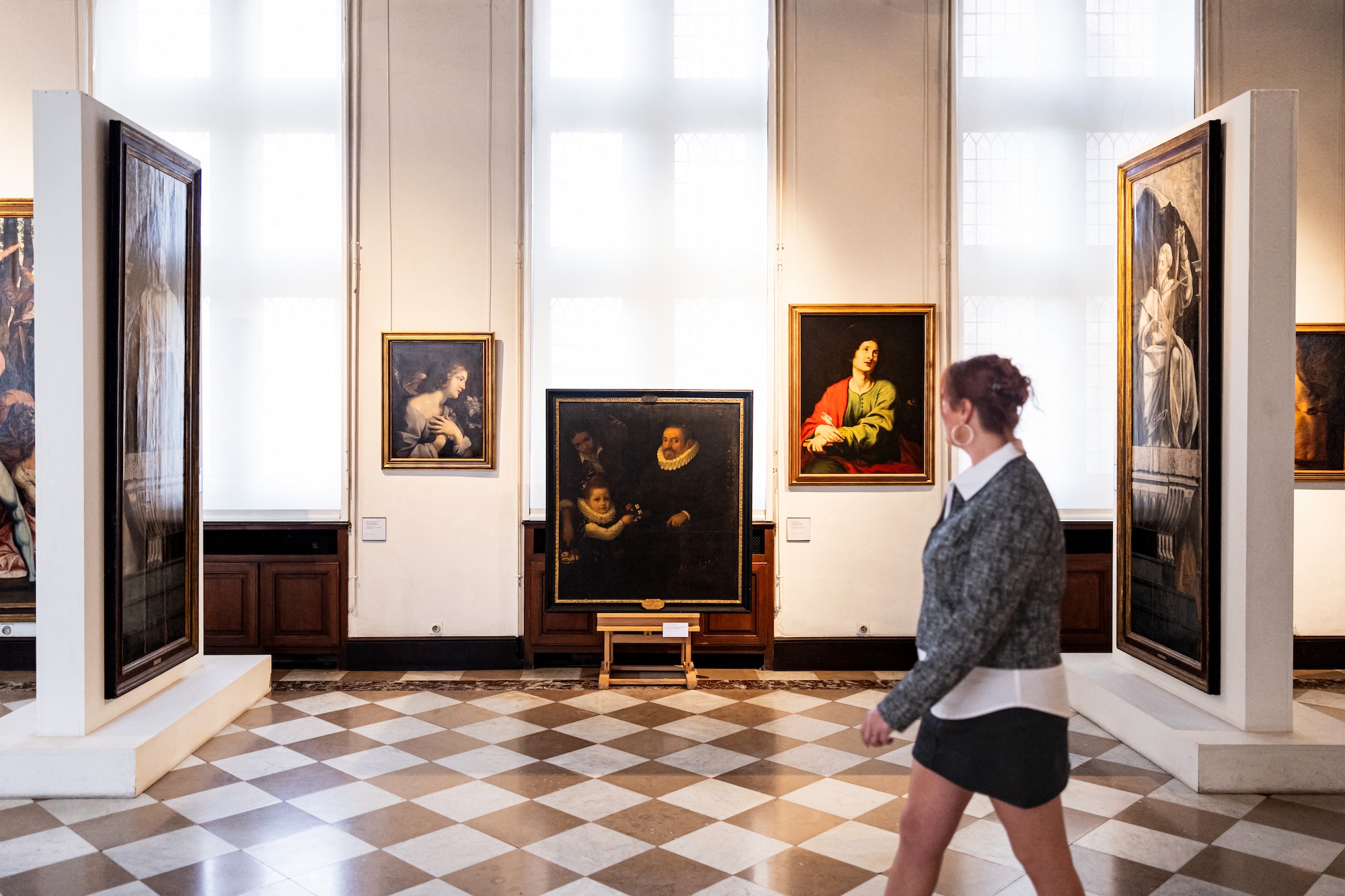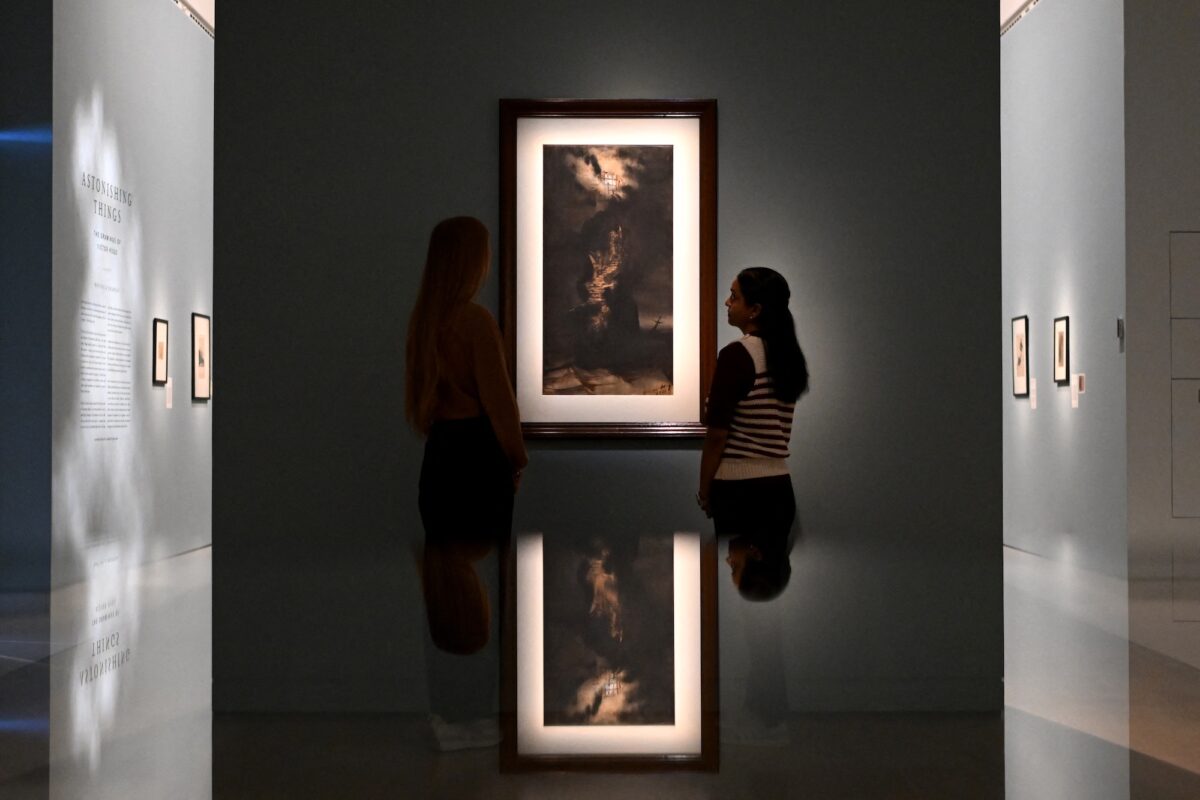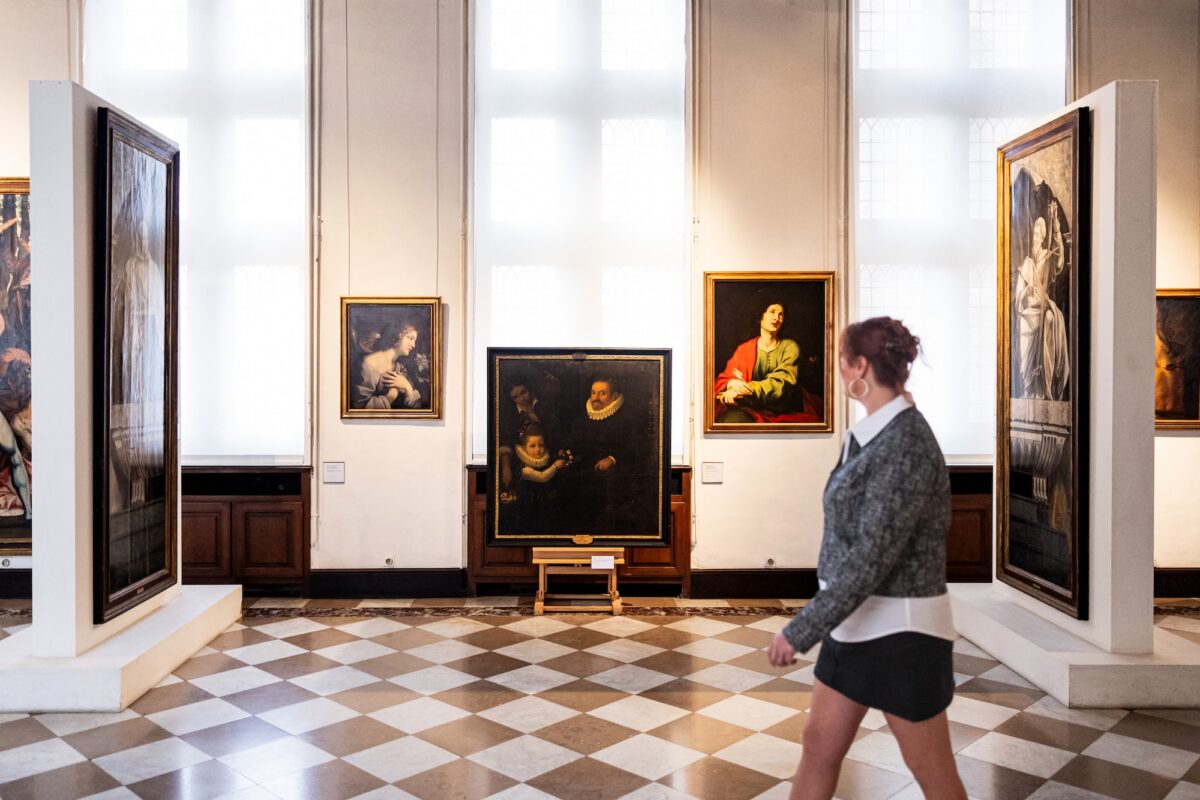Around midnight, January 11, US-based Filipino singer-songwriter Cynthia Ayala-Alexander posted on her Facebook page a terse statement: “10.37 ng gabi. My mother, the poet Tita Lacambra-Ayala, is gone. Paalam.”
A few hours later, another of Lacambra-Ayala’s musician offspring, her eldest son, singer-songwriter Joey Ayala, sounded joyful at the outpouring of messages he has been receiving from friends and others her mother’s art had inspired. He asked for a little time to announce details of the wake and whatever tributes are being planned for her.
She turned 88 only last January 2. She died of pneumonia, according to an initial online report.
Born in Sarrat, Ilocos Norte, she finished a Bachelor of Science in Education degree, major in English, minor in History, at the University of the Philippines in 1953. She wrote freelance for national magazines, until she settled with her husband and fellow writer Jose “Joe” Ayala in Bukidnon and, later, in Davao.
According to the Ateneo Library of Women Writers (ALIWW), she explored another form of writing which resulted in “Sunflower Poems” (1960), a collection of verses printed on chipboard used to pack newsprint rolls.
Encouraged by favorable reception from fellow writers and critics, she published a second collection, Ordinary Poems (1967).
American critic Leonard Casper praised her poems for their emotional intensity.
She won the Palanca in the English Short Story Category “Everything” (Third Prize, 1967), and for Poetry in English “A Filigree of Seasons” (Second Prize).
“Actually my poetry was a nocturnal activity taking the place of evening prayers,” she said. “It was an attempt to tie together, to rationalize all the internal and external happenings of one’s life into a sensible whole. It was a try at preserving my own identity and sanity in my given space, role and environment.”
But her greatest legacy is a groundbreaking work, the Road Map Series.
The ALIWW website noted: “Her 1981 art and poetry folio, billed as the Road Map Series, has helped launch the career of the region’s budding artists. With 76 issues to date, the series has enjoyed the steady support of local sponsors as it features the region’s vibrant output of verse. In 2003, the NCCA funded the Road Map’s electronic version, in VCD format, for audience viewing in both the literary and visual arts. Copies of the Road Map discs, donated by Lacambra-Ayala herself, enhance her ALIWW memorabilia.”
As series editor and publisher, Lacambra-Ayala recounted: “The Road Map Series print collection of literary and visual arts is what I consider noteworthy in my stint as a writer. It has absorbed my store of critical energy that comes with wisdom of years and experiencing, helping artists in the area to take stock of their own works and ideas and generate their own directions by giving them a Road Map push. I consider this my most satisfying work, untrammeled by deadlines, except what I set for myself in conjunction with press schedules, in the simple, manageable format of a poster book. There, even the busiest reader can, at a glance or two, become informed of an artist’s work. Some simple glances can be the most total.”














































